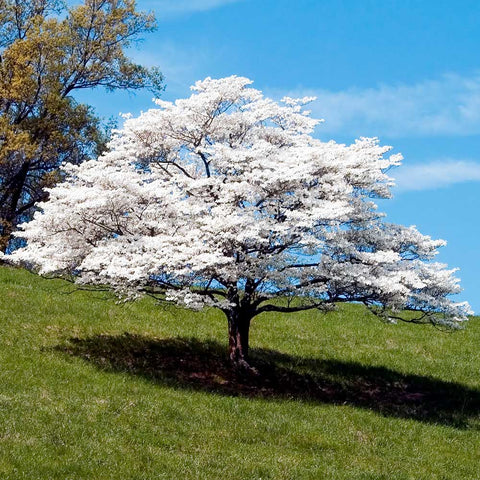What are Shade Perennials
Shade gardens require little sunlight. A shade garden is usually a tiny strip of land that gets sunlight for at least 3 hours a day but ideally less than 6 hours.
Good plants to grow in your shade gardens require moderate amounts of sunlight. These are usually in floral shops, such as ferns and flowering perennials. Groundcover plants such as ivy and hostas also do well in shady conditions. Shade perennials are plants that do not require full sun and need only a couple of hours daily to produce healthy foliage and blossoms. The best part is they can live in your shade garden or grow alongside your other plants.
Top 4 Shade Perennials to buy
1. Hepatica
Hepatica is a favorite shade perennial with a beautiful blue/purple flower. It grows with a rounded, densely furry leaf covered in moss. It belongs to the buttercup family. The plant is hardy and perennial. You will find this plant in the wild throughout North America, including the Rocky Mountains and the Appalachians. It likes well-drained soil and partial shade. It makes an exciting border plant that can be planted near other perennials, shrubs, or trees.
Another shade perennial is the Iris Cristata. It can grow up to 1-2 feet tall and has attractive hues like blue and lavender. The flowers bloom in late spring and summer, requiring partial shade. Its pale lavender flowers attract butterflies and hummingbirds to your garden, and its foliage is silvery-green and dainty. It looks more like a vine than a shrub.
Jack in the pulpit is part of the Arum Family. It has two leaves that look like they are made up of three parts. The leaf is round at the base, with another leaf right above it shaped like a spear—a stem with flowers on top in raceme fashion circles the top of this plant. The flowers are white and are covered by bracts that look like an umbrella or hood. Jack in the pulpit blooms from early April to late May. It is majorly used in borders as a specimen plant. This plant grows 30–65 centimeters tall and likes partial shade, and can grow in different soil types but prefers slightly acidic soils.
4. Foam flowers
Also known as Tiarella cordifolia, the Foam flower belongs to the Saxifrage Family. It gets its name from the ‘foamy’ white flower that blooms on top of its leaf stalks. The leaves are dark green and look like a fern, and they are covered with short hairs and have four lobes. The bloom is usually purple and white, but different cultivars of this plant will produce different colors, such as pink, blue, yellow, orange, or cream. It is drought-tolerant and will often be found along streams. It will survive in any soil type but prefers slightly acid soils. It is a perennial plant that can live for several years. It grows to a height of 20-30 centimeters.
Benefits of a shade garden
1. Better water retention
One of the most significant assets of a shade garden is that it holds onto water better than other outdoor areas. Shady areas tend to be cooler than warm sunny spots, so the soil in a shaded area will retain moisture.
2. SHADE GARDENS HAVE FEWER WEEDS
Shade plants tend to have fewer weeds because they are filled with plants that are not as likely to come up if they aren’t harvested. This is especially true in the early stages of your garden when you have many weeds. If you tend your plants, you won’t have to do a lot of weeding because the garden is mainly made up of perennials that will stay permanent for a few years.
3. Fewer pests
The shade garden will have few dead and dying plants, so there will be fewer places for bugs to hide and thrive. Fewer bugs in one place will also mean fewer mosquitoes and biting flies. A shade garden will also be free of wasps, blackbirds, and bees that can damage your garden.
4. A place to relax
As you sit in your shade garden, the beautiful plants will give you a sense of relaxation that you won’t find in other places. When choosing plants for your shade garden, keep this benefit in mind so you choose something enjoyable to look at and valuable for its medicinal properties.
5. Improved Air Quality
A shade garden is a great way to improve the air quality in your home. The plants will help filter small particles from the air and will release oxygen into the air. It’s proven that plants in your house can improve your mood.
Shade Perennials are a great addition to any home, and they are low maintenance, easy to grow, and even free. With the right combination of plants and regular watering, you can have a beautiful garden that will last all year round.





